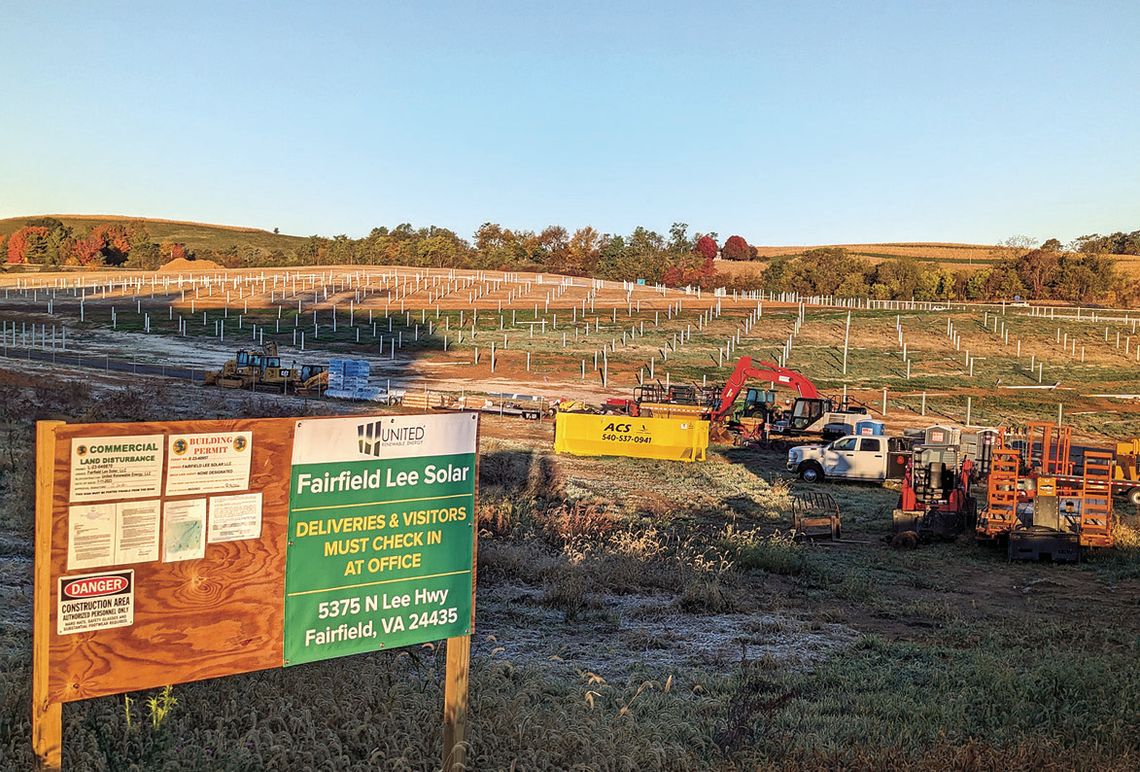If decisions about whether to allow solar arrays on farms were dictated by what is most popular, there would likely be none in Rockbridge County.
PLEASE LOG IN FOR PREMIUM CONTENT. Our website requires visitors to log in to view the best local news.
Not yet a subscriber? Subscribe today!



